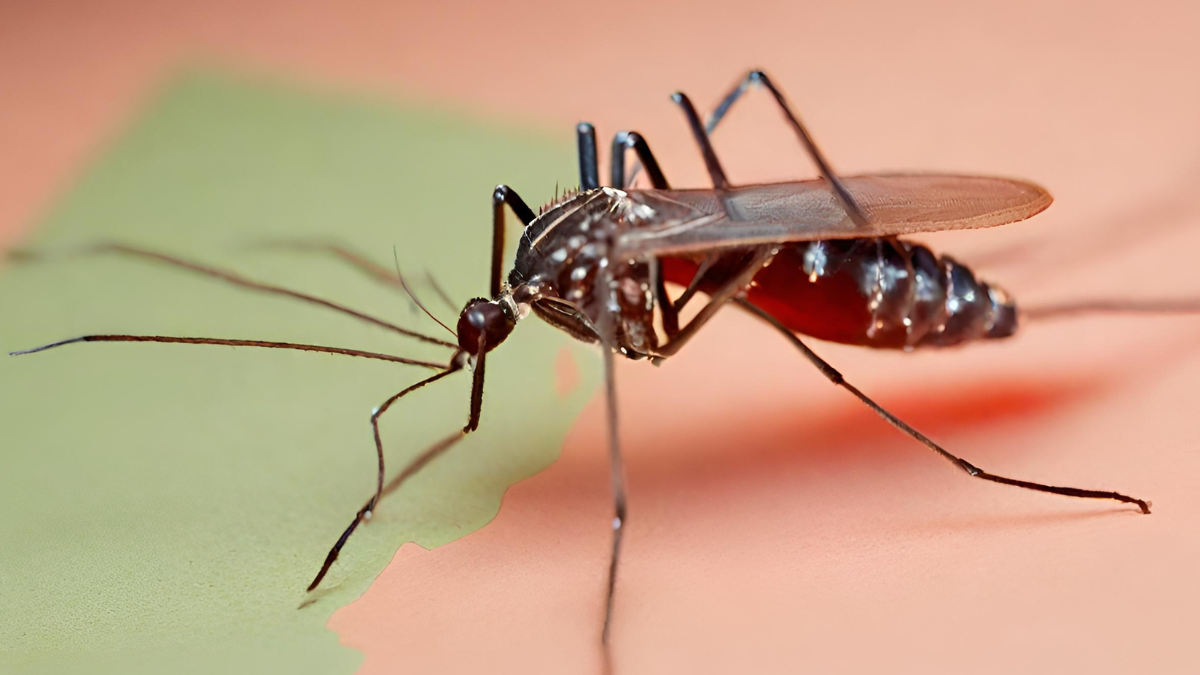The World Health Organization has put the R21/ Matrix-M malaria vaccine to its list of prequalified vaccines as the second malaria vaccine.
WHO approved the use of this R21 vaccine for malaria therapy in October 2023, and it has since been certified as the second malaria vaccine, that follows the RTS, S/AS01 vaccine, that was previously prequalified in July 2022.
Basis of Prequalification :
There are a few processes that must be followed in order for WHO to prequalify a vaccine.
- The vaccination should be subjected to a comprehensive review of relevant data.
- Vaccine samples should be tested.
- WHO inspects manufacturing locations
- The end result should be favorable.
Oxford University ties with Serum Institute of India :
The World Health Organization has granted prequalification status to R21/Matrix-MTM, a highly effective malaria vaccine developed by The University of Oxford and the Serum Institute of India using Novavax’s adjuvant technology, bringing it one step closer to deployment in vulnerable populations.
This critical regulatory milestone is a requirement for UNICEF to obtain and GAVI to purchase the highly efficient vaccination.
The vaccine is readily accessible and can be created on a large scale and at a low cost, with the Serum Institute of India already creating manufacturing capacity for 100 million doses per year, which will be increased over the following two years.
Main characteristics of R21 malaria vaccine:
The latest WHO malaria vaccination recommendation is based on data from an ongoing R21 vaccine clinical trial as well as other investigations, which revealed:
- High effectiveness – spreading season: In regions with severely seasonal spread of malaria (where malaria transmission is largely limited to four to five months per year), a 3-dose series of the R21 vaccine was shown to lower the number of symptomatic cases of malaria by 75% over a 12-month period. A year following the third treatment, a fourth dose was administered to maintain effectiveness. This great effectiveness is comparable to that seen when RTS,S is administered seasonally.
- Age-based efficacy: During the 12 months following the first three doses, the vaccine demonstrated high effectiveness (66%). A fourth dosage administered a year after the third dose maintained effectiveness.
- High impact: According to mathematical modeling projections, the R21 vaccine’s public health impact will be high in a wide variety of malaria transmission scenarios, including low transmission levels.
- In terms of cost: The R21 vaccine’s cost-effectiveness would be comparable to other approved malaria therapies and other pediatric immunizations at prices ranging from $2 to $4 per dose.
- R21 and RTS,S similarities: The two WHO-recommended vaccinations, R21 and RTS,S, have not been evaluated side by side. So far, there is no proof that one vaccination outperforms another. The product utilized in a nation should be chosen based on programmatic features, vaccine supply, and vaccine cost.
- Safety: Clinical investigations have demonstrated that the R21 vaccination is safe. As with other new vaccinations, safety testing will continue.
Global Malaria Report-2022 by WHO :
According to the most recent Global Malaria Report, there will be 249 million malaria cases in 2022, up from 244 million cases in 2021. Malaria fatalities are estimated to total 608 000 in 2022, up from 610 000 in 2021.
The African Region of the WHO continues to bear a disproportionately large percentage of the worldwide cost of malaria. In 2022, the Region was home to around 94% of all malaria cases and 95% of all malaria fatalities. Around 78% of the malaria fatalities in the Region have been accounted for by children under the age of five.
Nigeria (26.8%), the Democratic Republic of the Congo (12.3%), Uganda (5.1%), and Mozambique (4.2%) accounted for slightly more than half of all malaria fatalities globally.
Next Action Upon Authorization :
The next stage for the second authorized malaria vaccine, R21/Matrix-M, is to complete the ongoing WHO prequalification process, which will allow worldwide purchase of the vaccine for wider distribution.
At least 28 African nations want to include a WHO-recommended malaria vaccine in their national immunization campaigns. Gavi, the Vaccine Alliance, has agreed to provide technical and financial assistance for the distribution of malaria vaccinations in 18 countries. The RTS,S vaccine will be accessible in some African nations in early 2024, while the R21 malaria vaccine will be available in countries by mid-2024.
